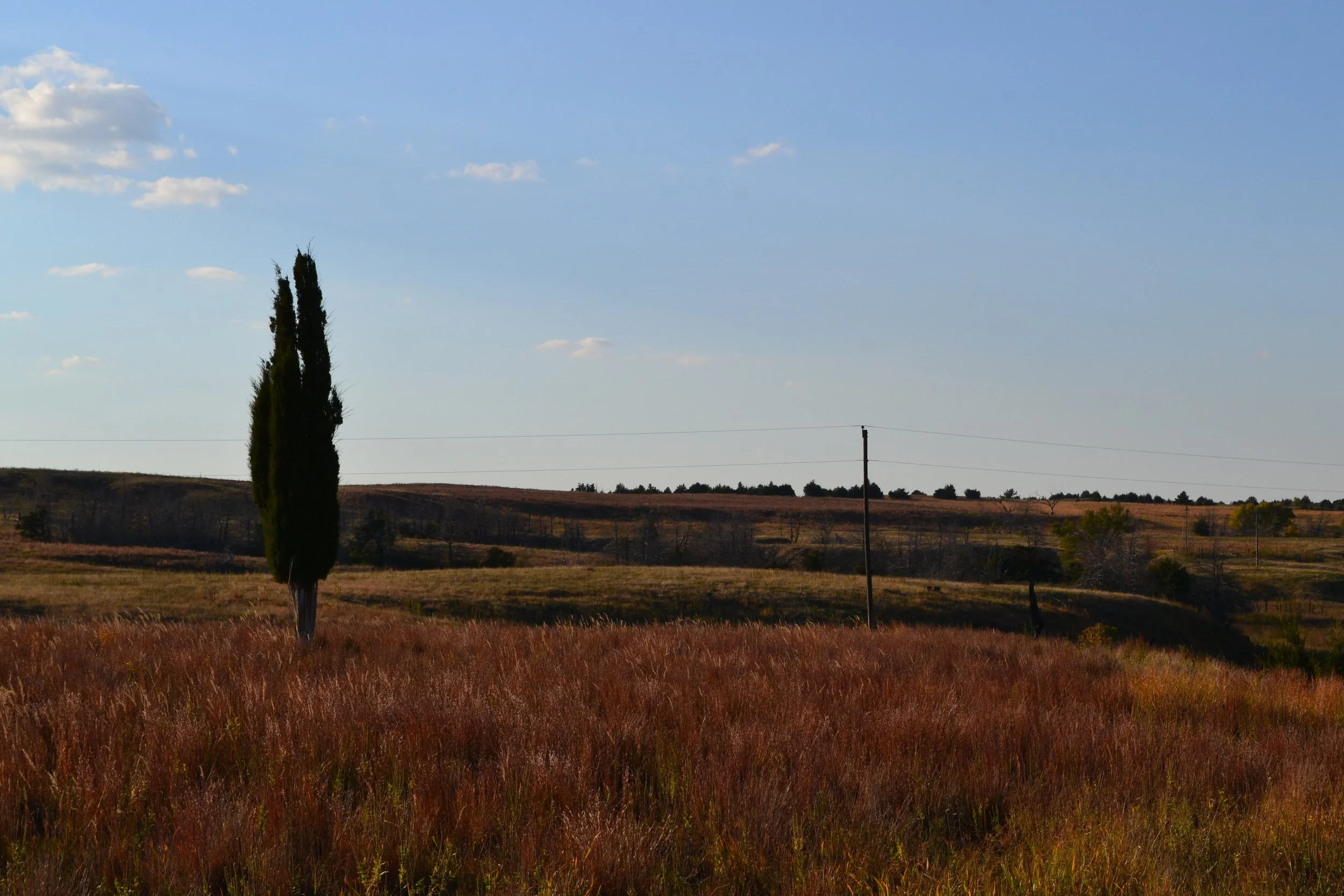After Bovee Fire, Nebraska National Forest confronts its hand-planted history
By the time Tedd Teahon climbed the Scott Lookout Tower at the Nebraska National Forest, around 2:18 p.m. on Sunday, Oct. 2, the Bovee Fire had already climbed from the understory to the crown, from the cedar to the pine, and was now barreling north toward the highway.
The state 4-H campground stood directly in its path: the historic lodge, the education building, the cabins. So did the fire tower beneath him. And the Bessey Nursery, too, the oldest federal seedling nursery in the United States.
“I didn't know if we’d save any of the buildings, to be honest,” he said.
The fire management officer waited as long as he could, long enough to watch the inferno “jump the fire break like it wasn’t even there.” He called back the units still en route to the flames, called in the air tankers, redirected the local volunteer fire departments.
He soon found himself enveloped in smoke with the fate of the forest -- once the largest man-made forest on earth -- hazy as the road ahead. But for just a second more, he scanned the trees from above and the Sandhills rippling in between, and finally descended the 50-foot tower before the flames could lick it away.
“We've always known this might happen. All of our trees are hand-planted, every four feet, and there's only been so much thinning done,” Teahon said, citing the district’s limited resources. “It’s mother nature cleaning herself up.”
Sparked by an overturned all-terrain vehicle and kindled by months of extreme drought, the Bovee Fire roared to life three miles south of the Bessey Ranger District before scorching roughly 5,000 acres, or nearly a quarter of Nebraska’s storied hand-planted forest. The nursery was spared, but it swallowed the 4-H camp and the fire tower and then jumped the highway, too, burning another 14,000 acres of private rangeland. It also claimed the life of Mike Moody, a volunteer firefighter from nearby Purdum, who suffered a heart attack while on duty.
While the Bovee Fire continues to smolder in the district’s “tree dump” more than two months later, the rest of the forest has fallen quiet with winter. Most of the tourists have migrated elsewhere like the emergency personnel before them. Many of the birds and insects, too. And with the hush, said Greg Wright, a wildlife biologist with the US Forest Service, has come more than a little contemplation.
“The ecological implications, and the question of ‘what happens next,’ have kept my naturalist mind spinning,” he said. “In a forest without precedent, the outcomes also are without precedent.”





